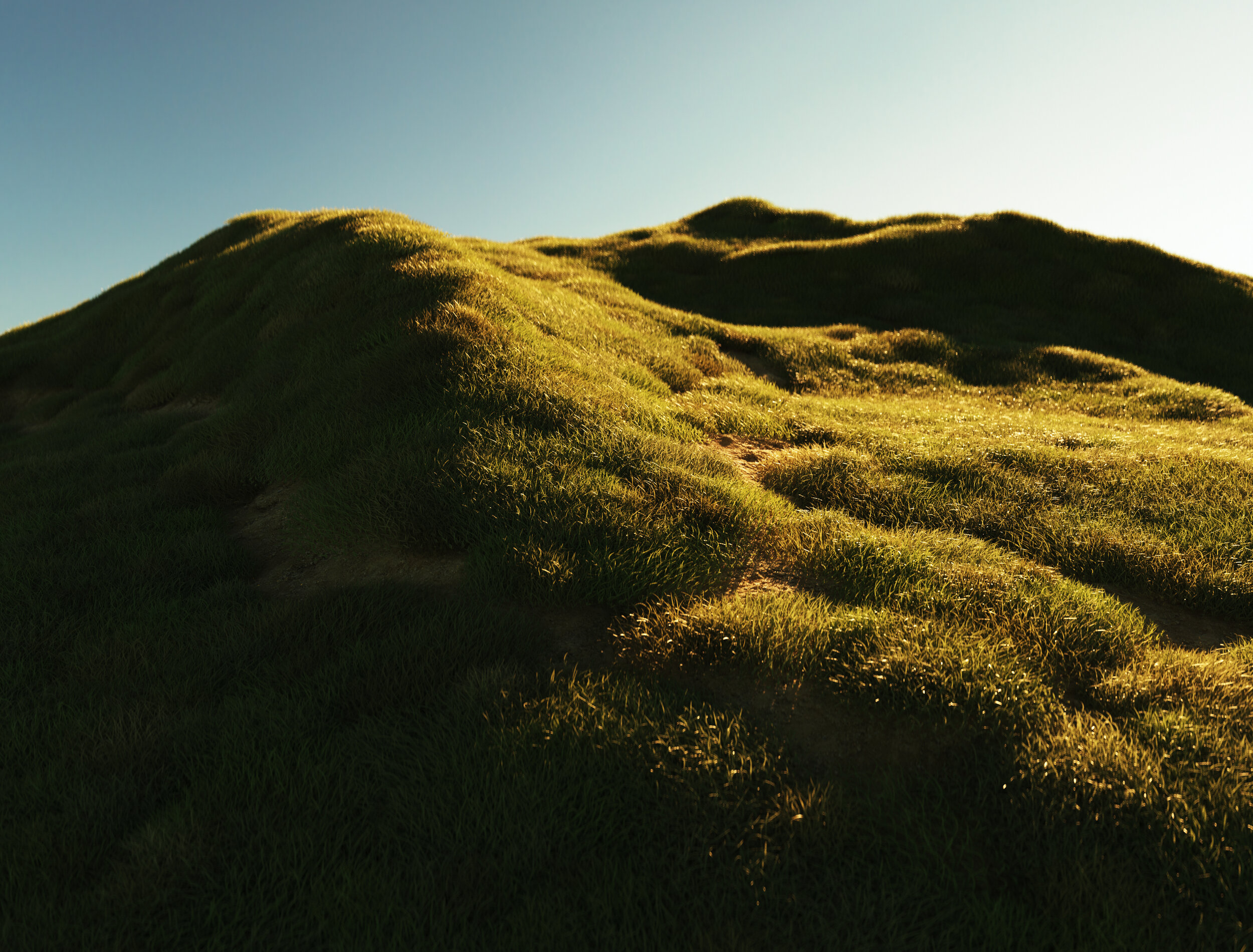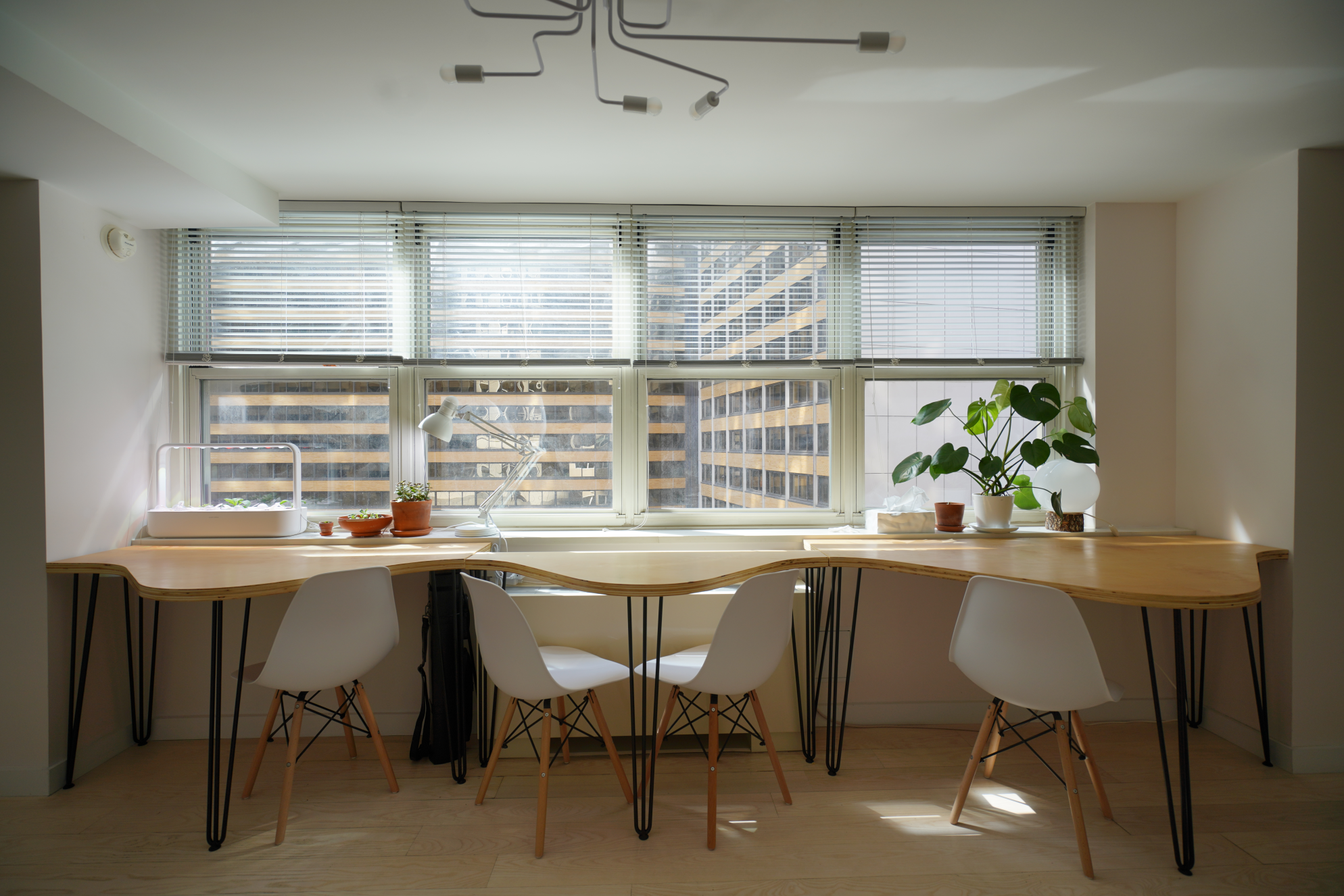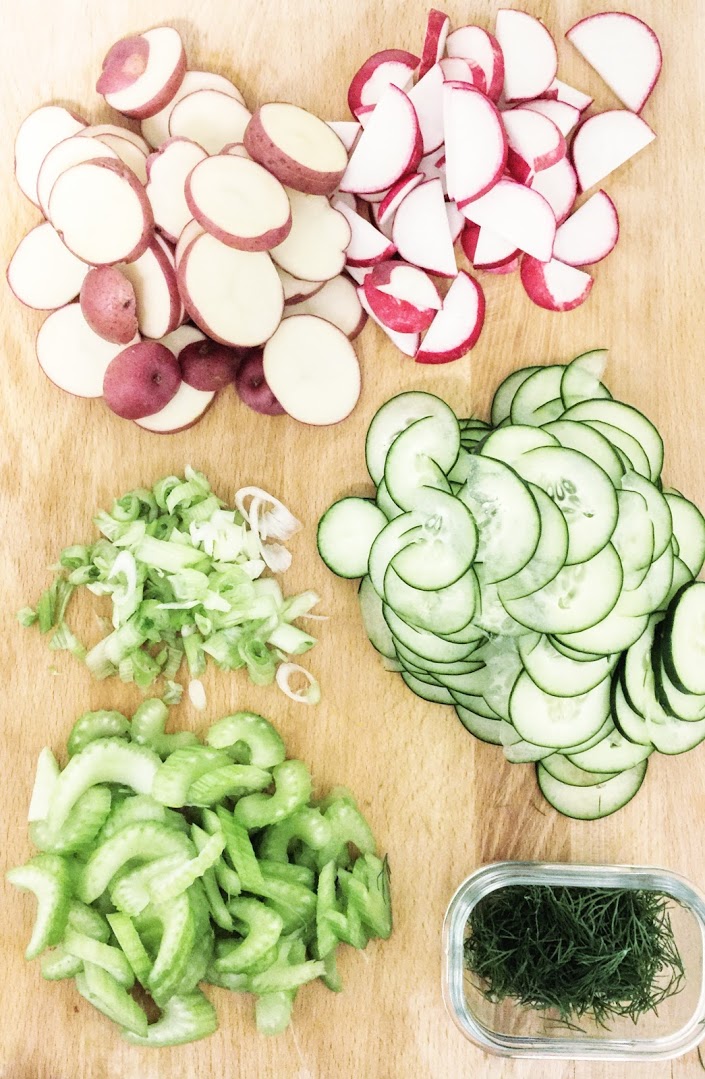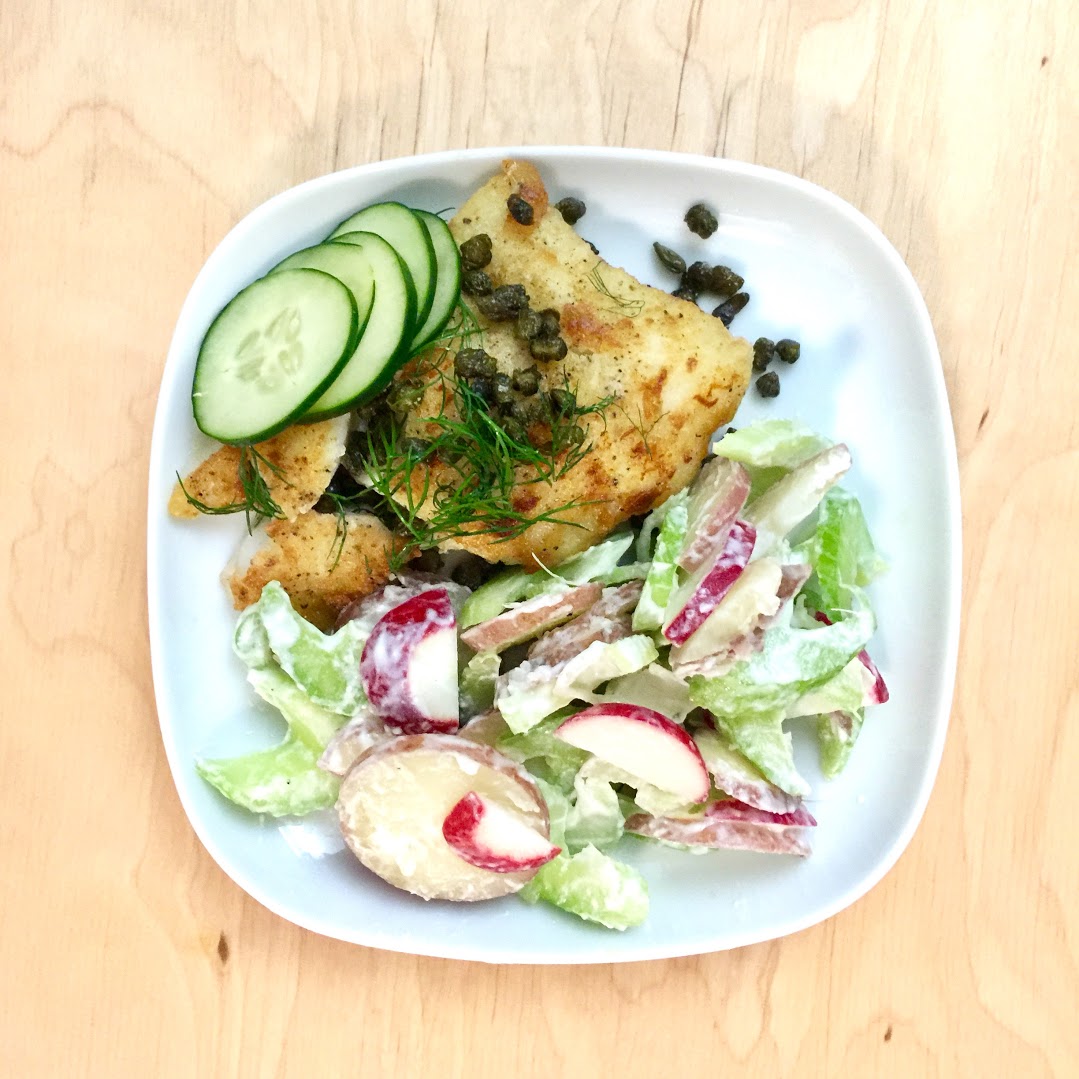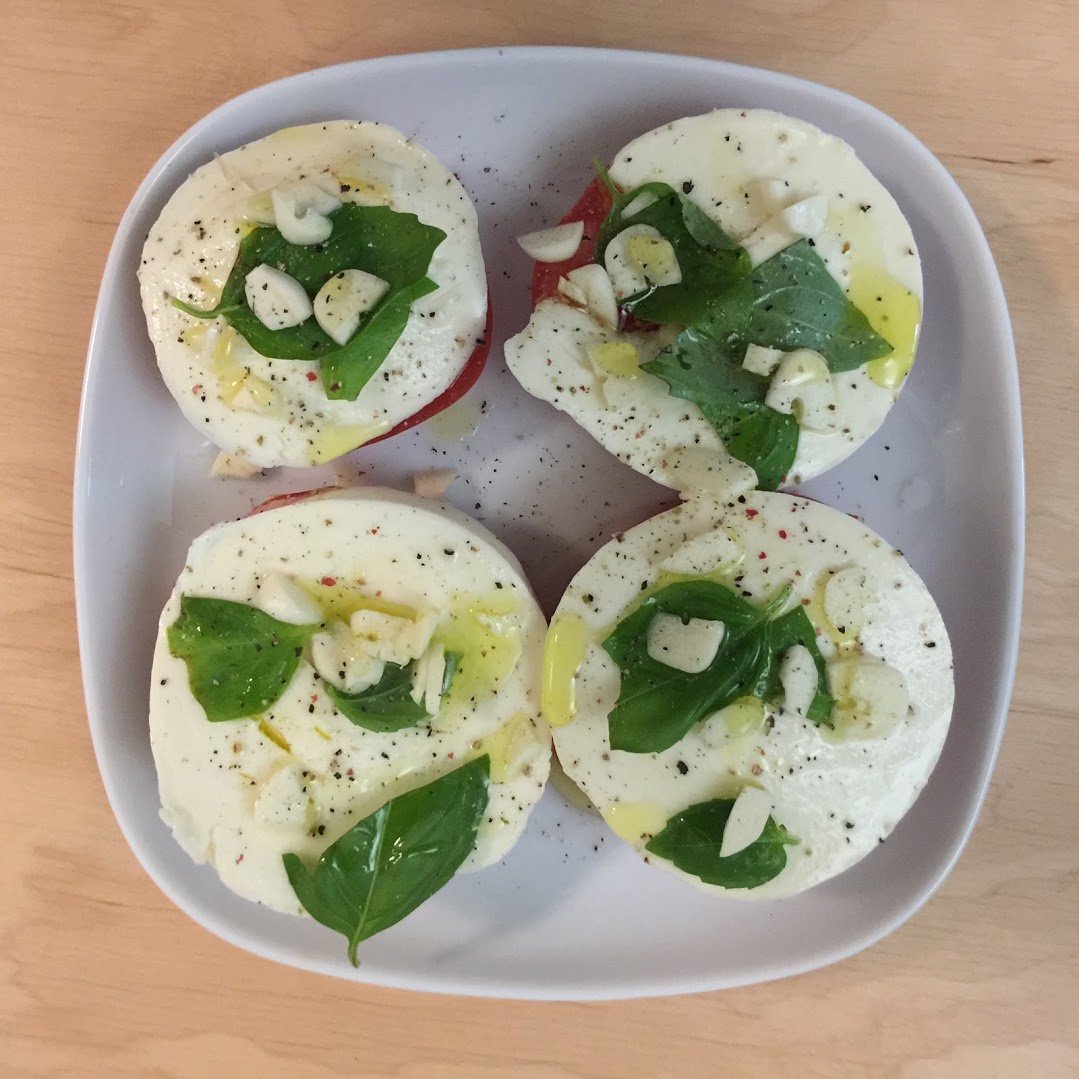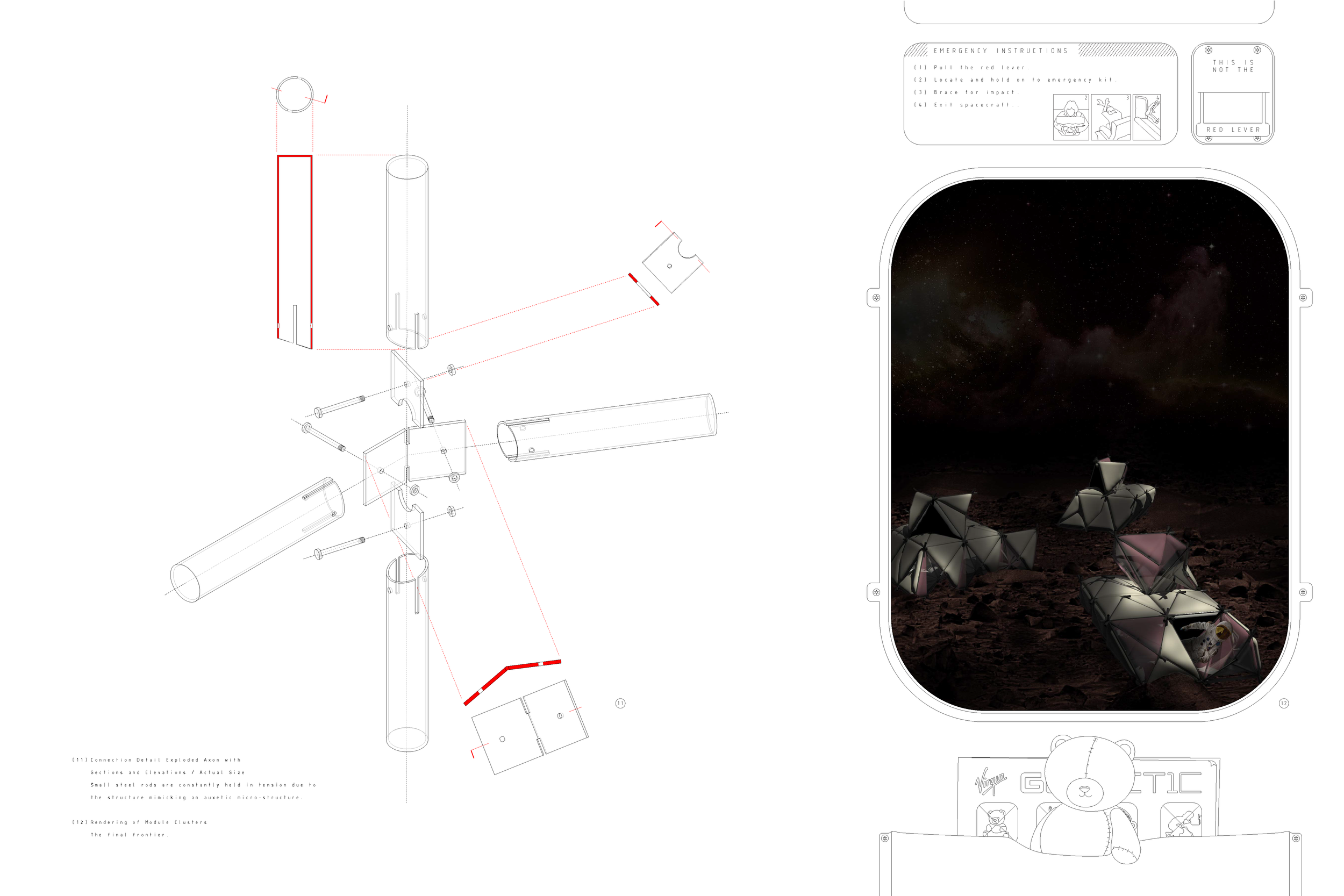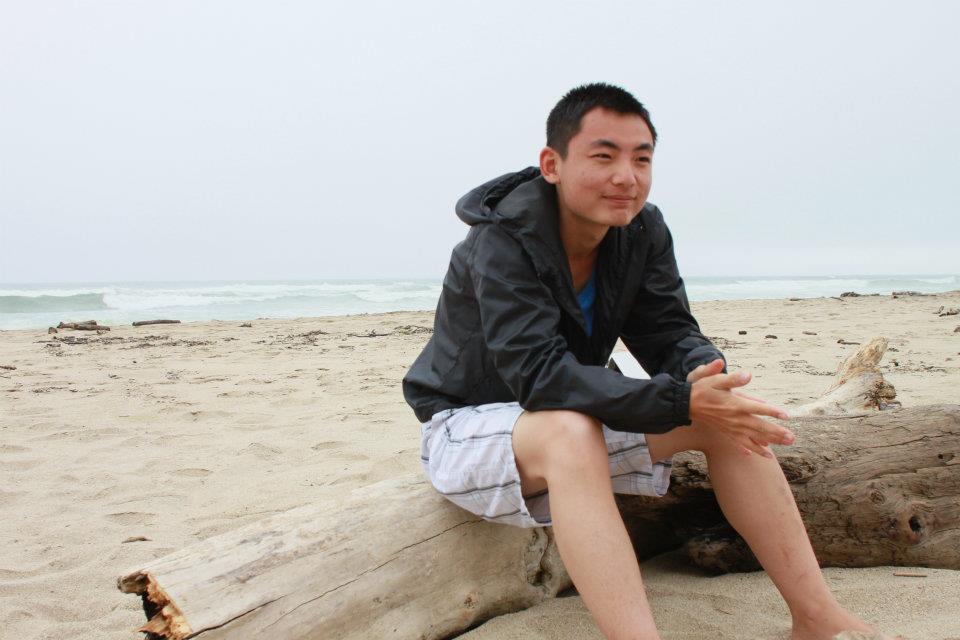August 30. I almost died on Mt. Fuij. Rather than going on some dainty cruise around Mt. Fuji's lakes as planned, my coworker and I attempted to climb the mountain.
Here's how it started. On the bullet train to Mt. Fuji, I read a wikitravel article on climbing Mt. Fuji. To be sure, Mt. Fuji is not a difficult climb, and the top is usually crowded during climbing season. As it happens, we were arriving in Tokyo on the last day of the climbing season - August 30. It seemed we just had to go, even if the website recommended proper gear and supplies (boots, jacket, water, food - none of which we prepared). We planned to finish the hike in four hours (it was a 4 - 7 hour hike one way), so we decided to set out to Mt. Fuji at noon. We had some difficulty getting through public transportation, switching from Tokyo's subway system to private light rail and then finally to bus. But we managed to arrive at 2, and did some "preparation." (We bought some calorie bars and two water bottles for the hike.) Aaaaand we were off!
On our way up the mountain, we saw many people wearing full hiking outfits and carrying hiking poles, large backpacks, and even oxygen canisters. The further up the mountain we went, the less people we saw who were wearing T-shirt and jeans like us. It never occurred to us how difficult the hike was going to be , nor did the staring from other hikers bring any doubt to mind. It was only at 6:30, when the sun was starting to set, that we started getting worried. We were worried because we would miss the sunset.
At this point, we had reached the cloud that covered the top of Mt. Fuji. How was it like to be in a cloud? It was miserable. I forgot how fast clouds could travel, and the moisture, gravel, and wind quickly grinded the smiles off our faces. By 7:45, the possibility crossed our minds that we couldn't make it to the top. It was pitch black, the temperature dropped to 6 °C near the top of Mt. Fuji, and we were soaking wet, covered in grit, and out of food. That is when we saw some lights beaming down at us, like a lighthouse calling out to sailors at sea. We had reached the top! We clutched our teeth and made it to the lights, only to find that the lights were coming from a hotel 30 minutes from the top. At this point, all of the hikers on tours were wearing oxygen cans, flashlights, and thick, insulated hiking gear. I was still a bit clueless, and wondered why nobody was wearing a T-shirt... ... ... Just kidding.
So we finally gave up. The wind threatened to knock us off our feet. We were hungry and cold. Our jeans, soaked full of cloud, restricted our movement. We doubted whether we could even get down the mountain. In the dark, I used my phone's flash to grope our way down the rocks. We finally reached a hotel halfway down the mountain before a kind manager let us into his lodge. While he wasn't kind enough to lend us a towel or give us food, we were able to pay for a place to sleep. Rather, we huddled next to snoring hikers who departed at random intervals throughout the night. So yeah, not dying was pretty nice.
I later realized how important it was that we didn't attempt to climb all the way down right then, because there are no hotels at the base camp, and transportation is closed after 8 PM. Easily, we could have caught hypothermia had we not decided to quit. We would have been found dead the next morning with several snickers bars wrappers in our pockets. (Snickers bars have lots of calories.) Incidentally, we actually didn't have enough cash on us and owed the hotel some money. A kind business man from India then lent us 10,000 Yen to go straight back to Tokyo by bus (our escape plan was otherwise very elaborate, and risky).
But we made it! Made it back, that is. I still have hopes to summit Mt. Fuji, even though my toes, ankles, fingers, and pride were bleeding after the trip.
There is a Japanese saying that a wise person climbs Mt. Fuji once, while a fool will climb it twice. The likely, and more accepted, meaning of this quote is that a wise person can understand and appreciate the beauty of Mt. Fuji in one taxing climb. I, however, have come across a new meaning of the quote.
More pictures of Japan (link)
